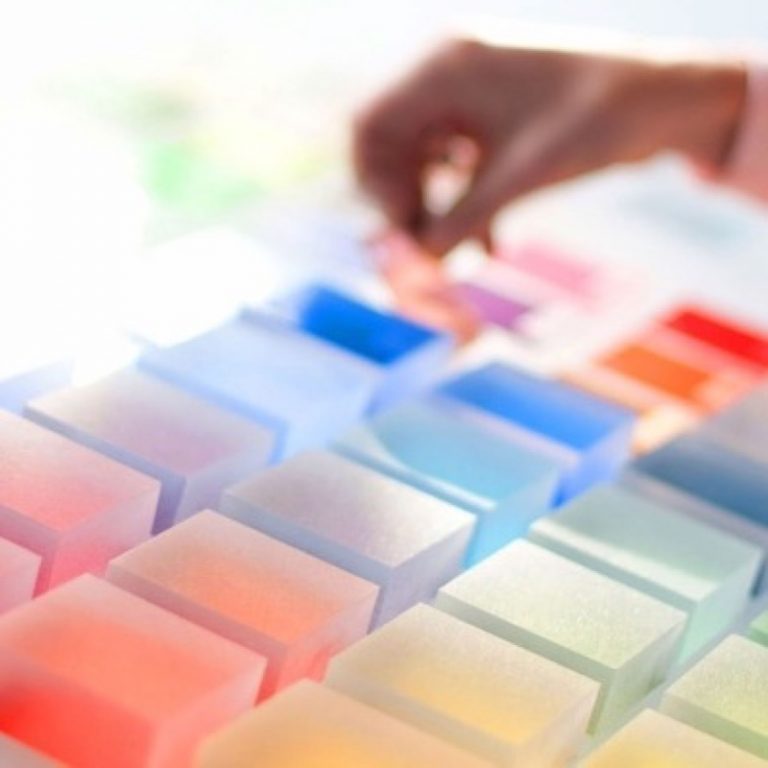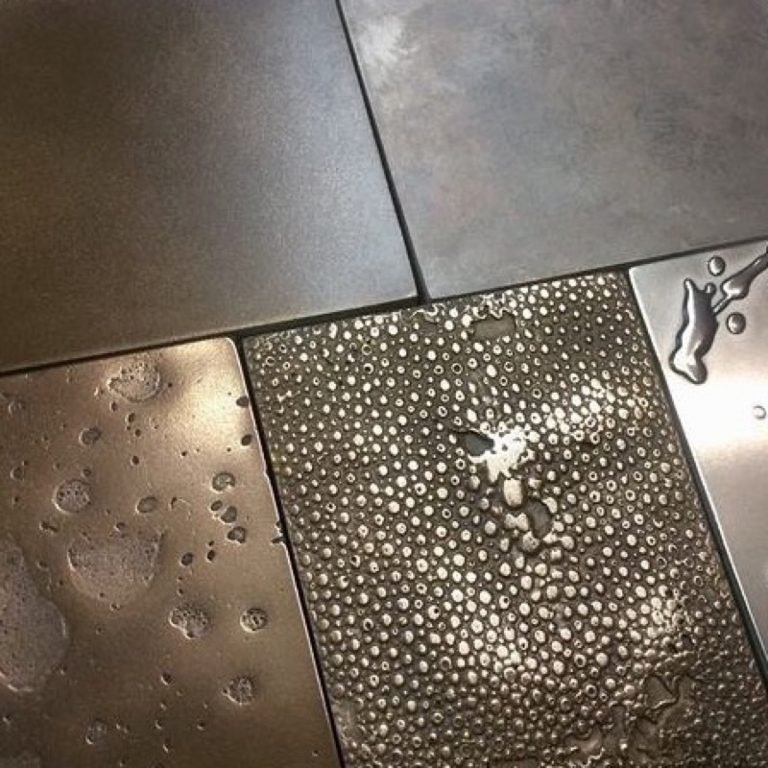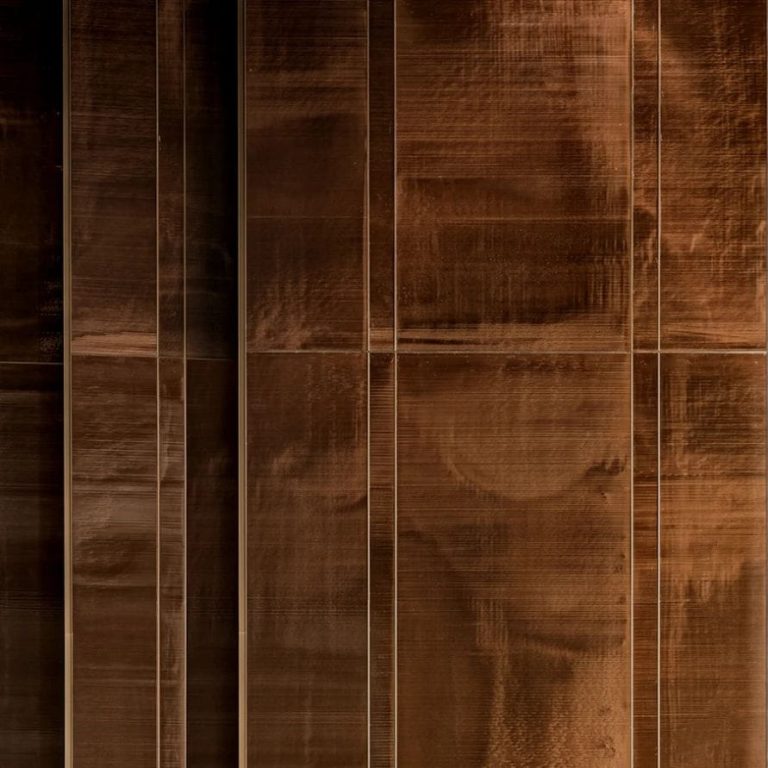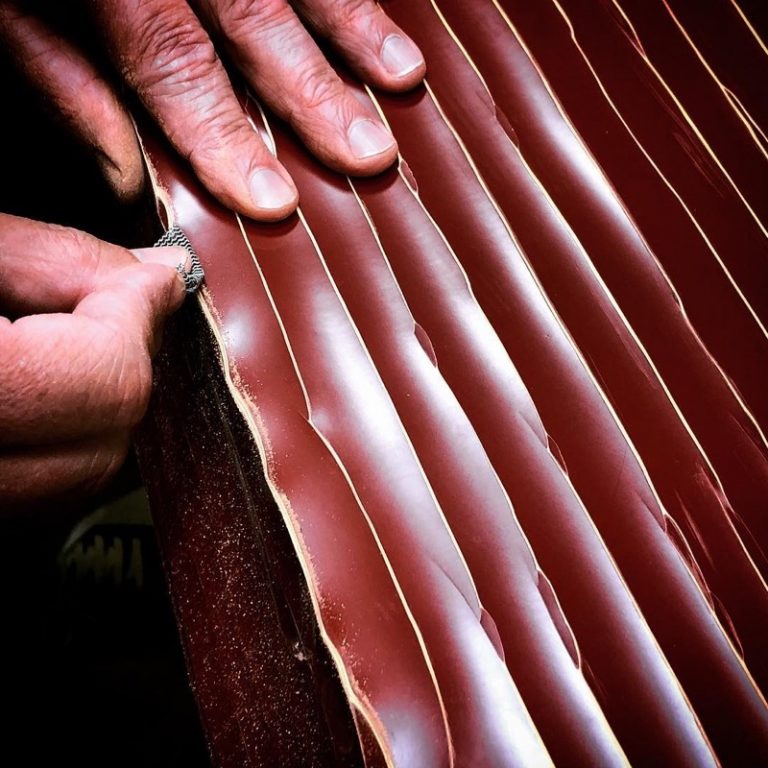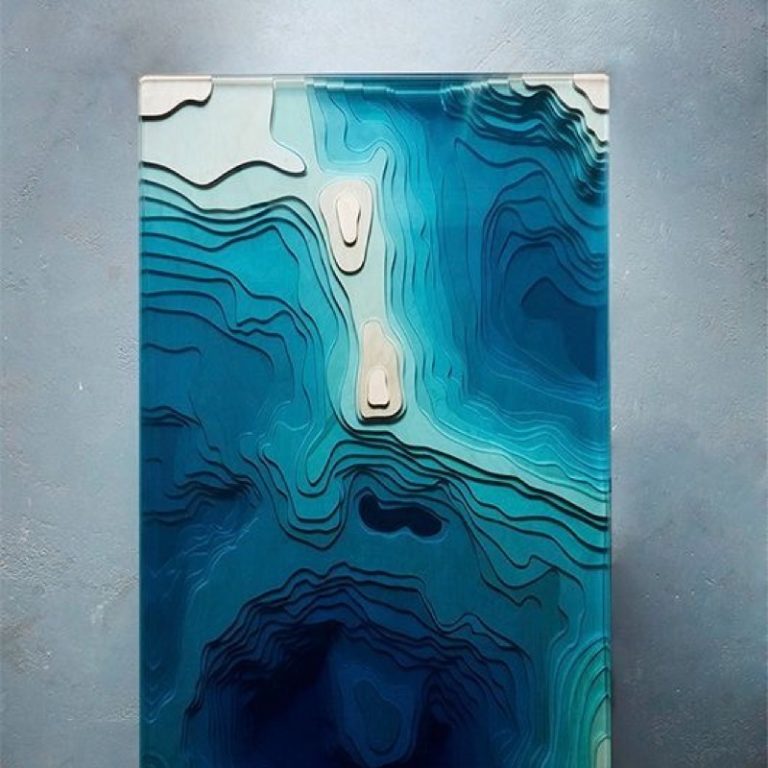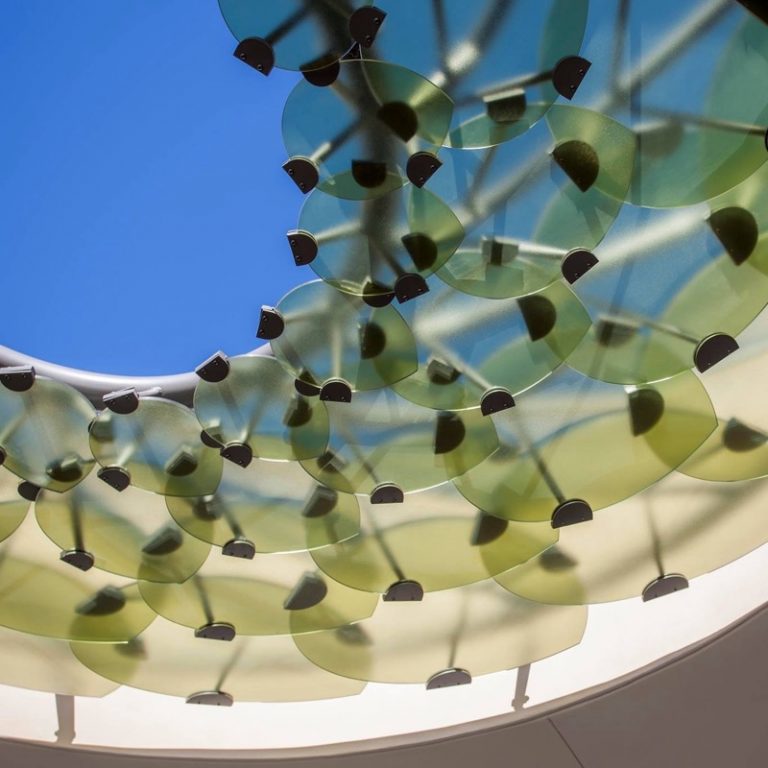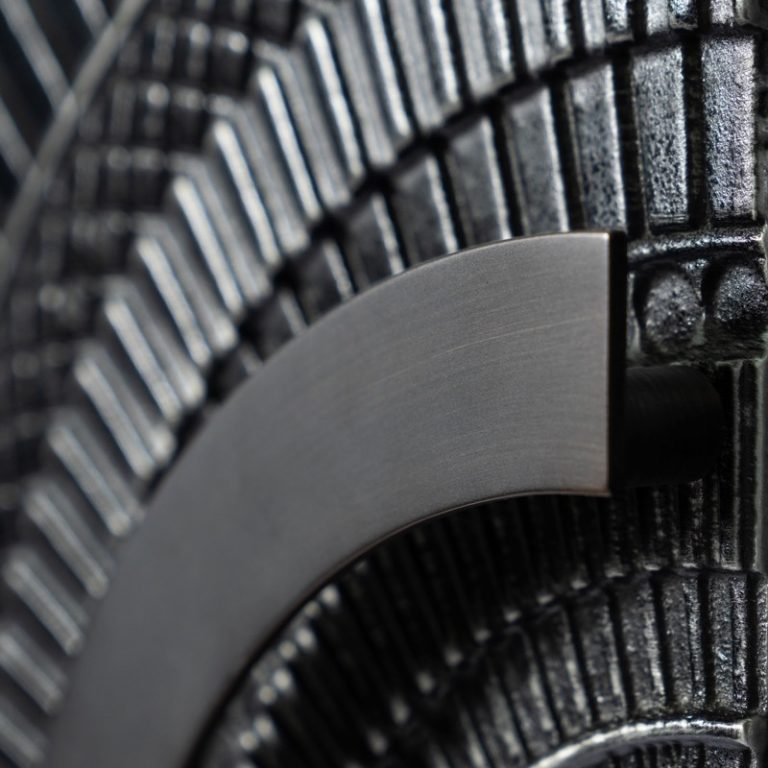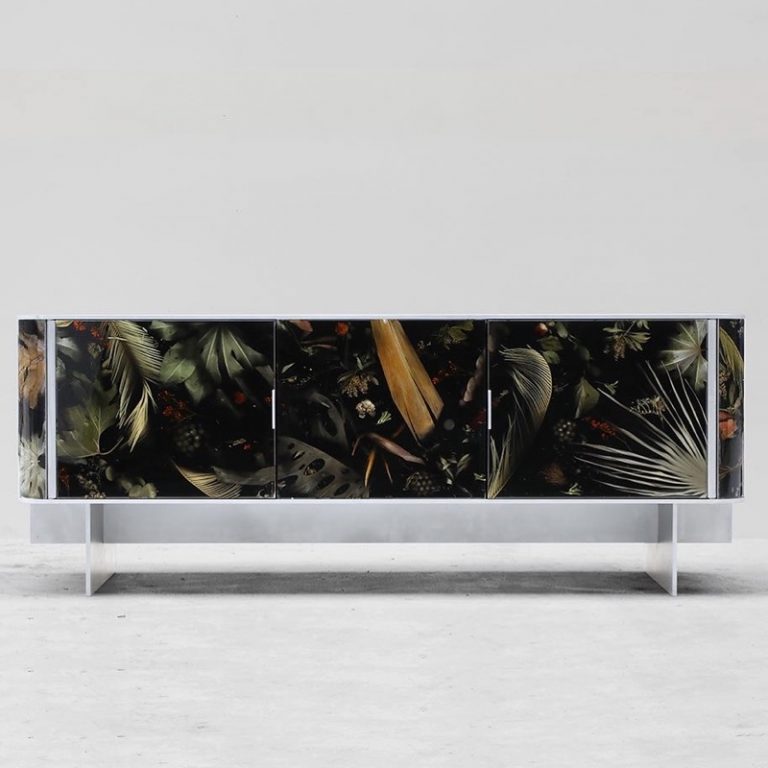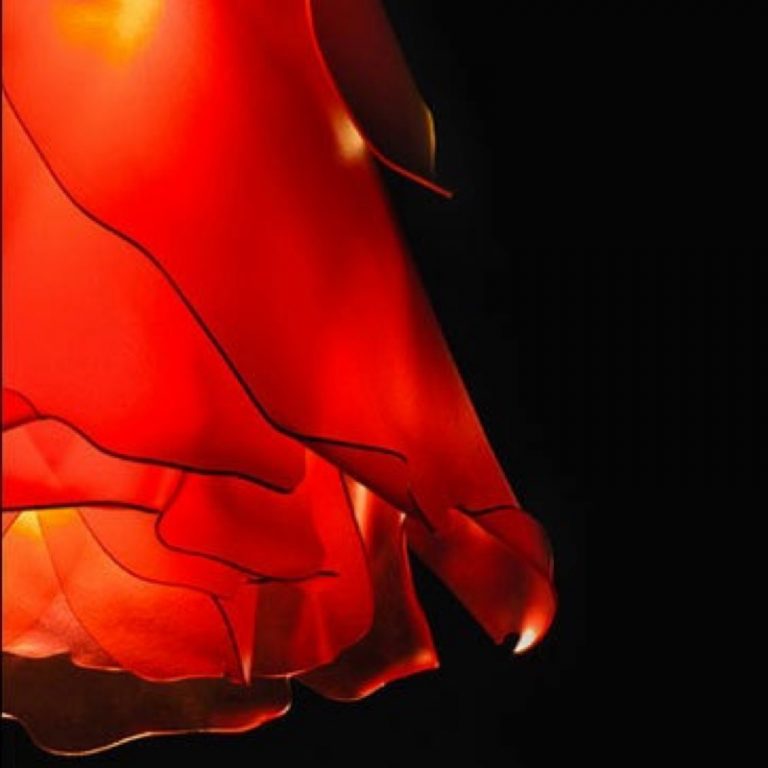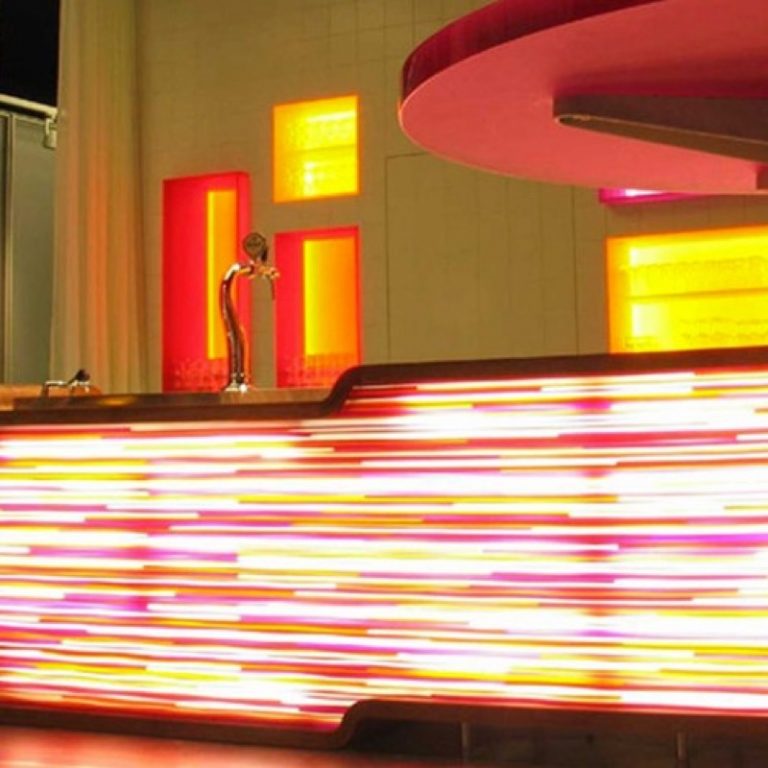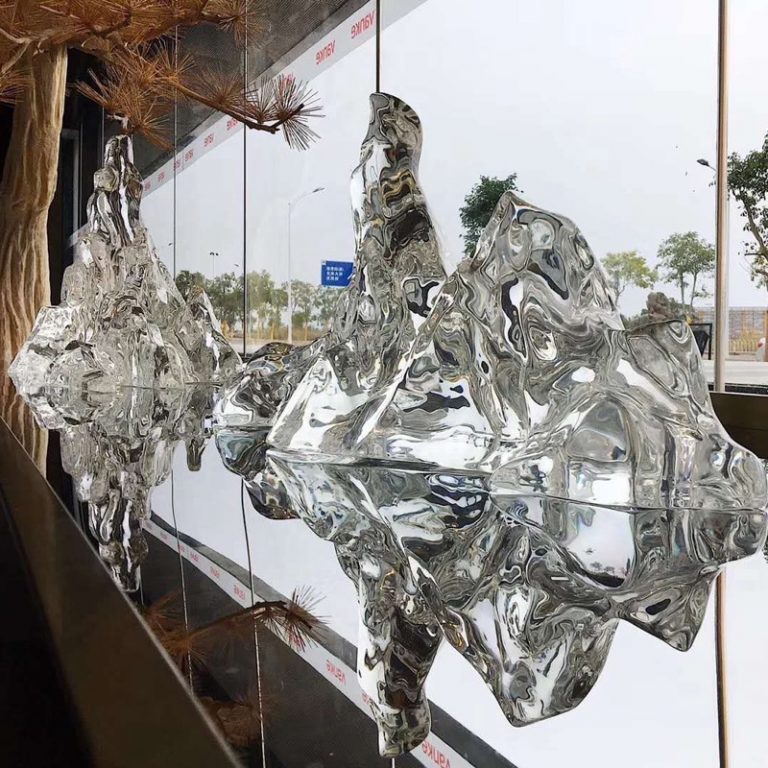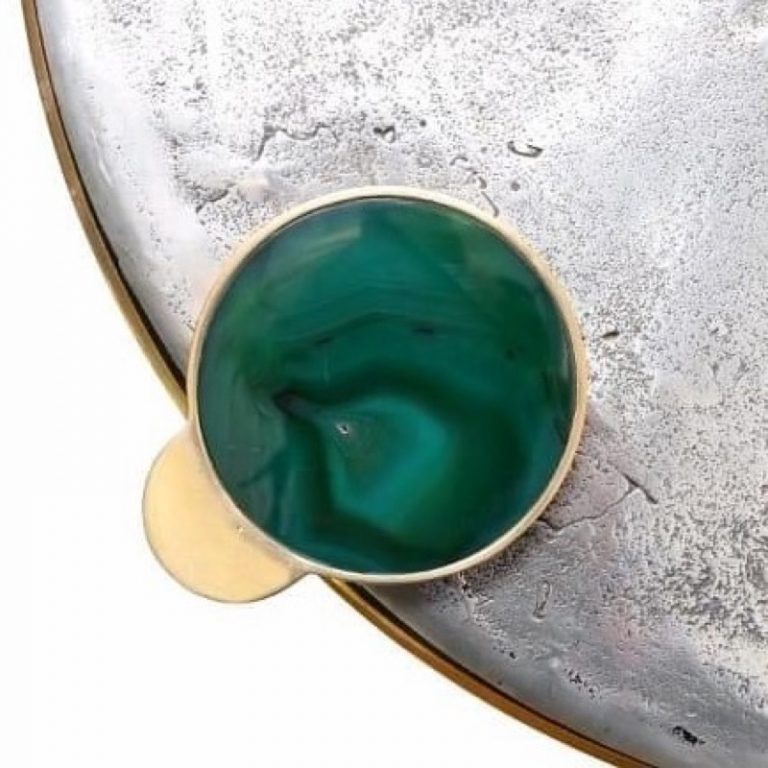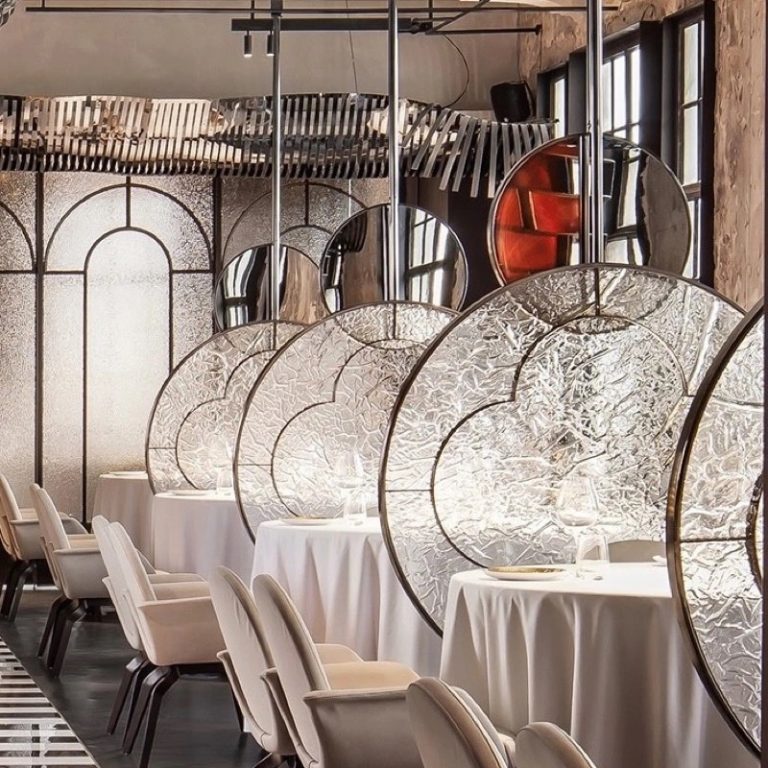Introduction: Acrylic, a versatile and transparent thermoplastic, has become a revolutionary material in various industries due to its unique combination of properties. This article explores the extensive applications of acrylic, highlighting its versatility, durability, and aesthetic appeal across a wide range of fields.
Chapter One: Architectural Marvels Acrylic has found a prominent place in architecture, contributing to the creation of modern marvels. Its transparency, lightweight nature, and resistance to weathering make it an ideal choice for skylights, canopies, and even entire building facades. Acrylic’s ability to transmit light beautifully enhances the visual impact of architectural structures, creating spaces that seamlessly blend form and function.
Chapter Two: Artistic Expression Artists and designers have embraced acrylic for its versatility in artistic expression. Acrylic sheets serve as a canvas for paintings, providing artists with a smooth surface and vibrant color possibilities. Sculptors also utilize acrylic to craft contemporary and visually striking three-dimensional art pieces. Its malleability and clarity allow for endless creative possibilities in the realm of visual arts.
Chapter Three: Retail Displays and Signage The retail industry benefits greatly from acrylic’s adaptability in creating stunning displays and signage. Acrylic’s transparency and ease of fabrication make it an excellent material for showcasing products, while its durability ensures longevity. Clear, colored, or even textured acrylic enhances brand visibility, contributing to the aesthetics of storefronts and promotional spaces.
Chapter Four: Medical Advancements In the medical field, acrylic plays a crucial role in the development of various devices and equipment. Its optical clarity is utilized in the manufacturing of lenses and optical instruments. Acrylic’s resistance to bacteria and ease of sterilization make it a preferred material for medical equipment, including incubators, laboratory containers, and even prosthetics.
Chapter Five: Automotive Innovation Acrylic has found applications in the automotive industry, contributing to both design and safety. Headlight lenses, dashboard components, and interior trims are commonly made from acrylic due to its lightweight nature and optical clarity. Acrylic’s impact resistance also enhances the safety features of certain automotive components.
Conclusion: Acrylic’s widespread adoption in diverse industries is a testament to its adaptability and unique combination of properties. From architectural wonders to artistic endeavors, retail displays, medical advancements, and automotive innovations, acrylic continues to redefine the boundaries of what is possible. As technology and design trends evolve, the versatile applications of acrylic are likely to expand, ensuring its enduring presence in our daily lives.


